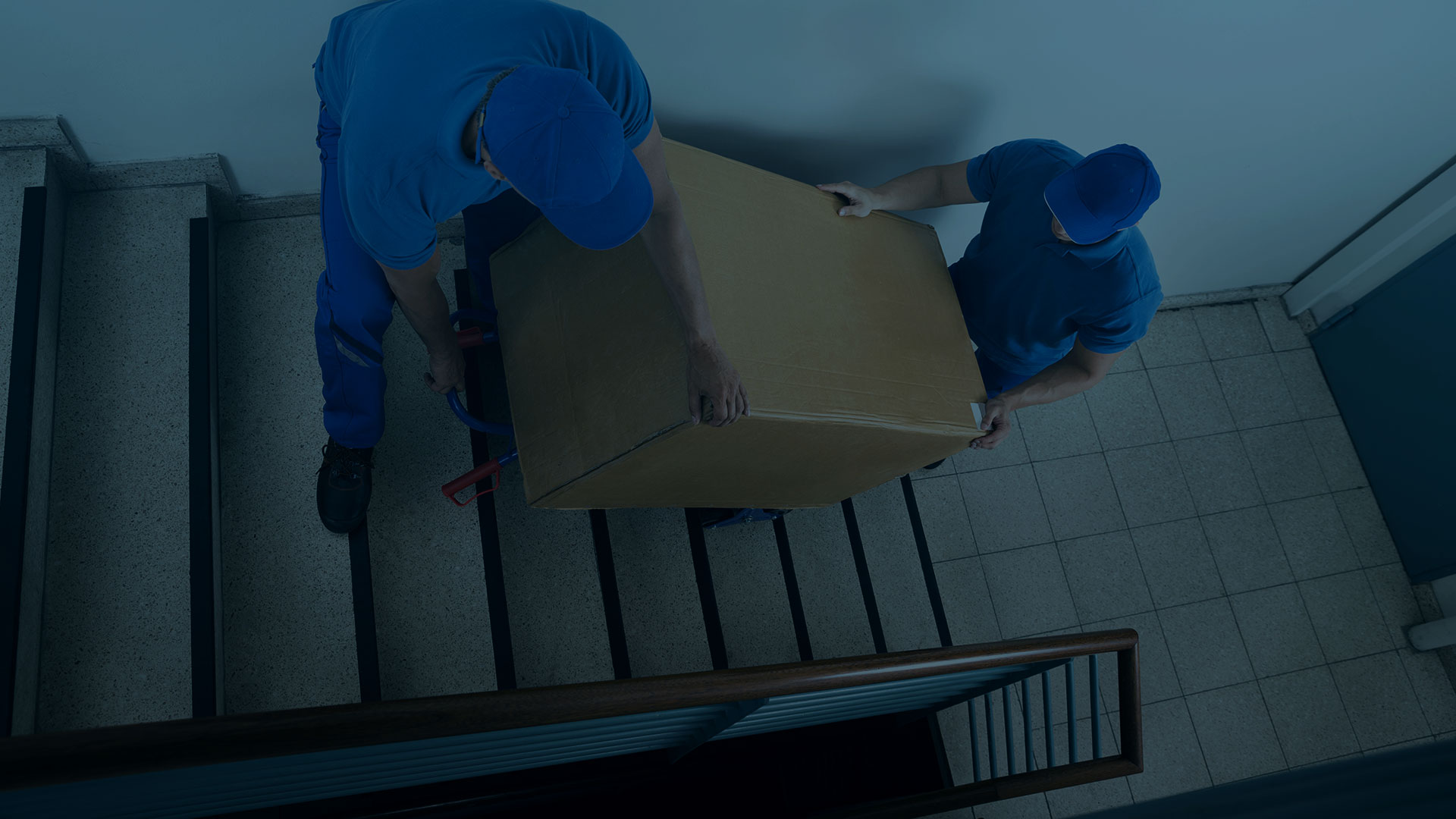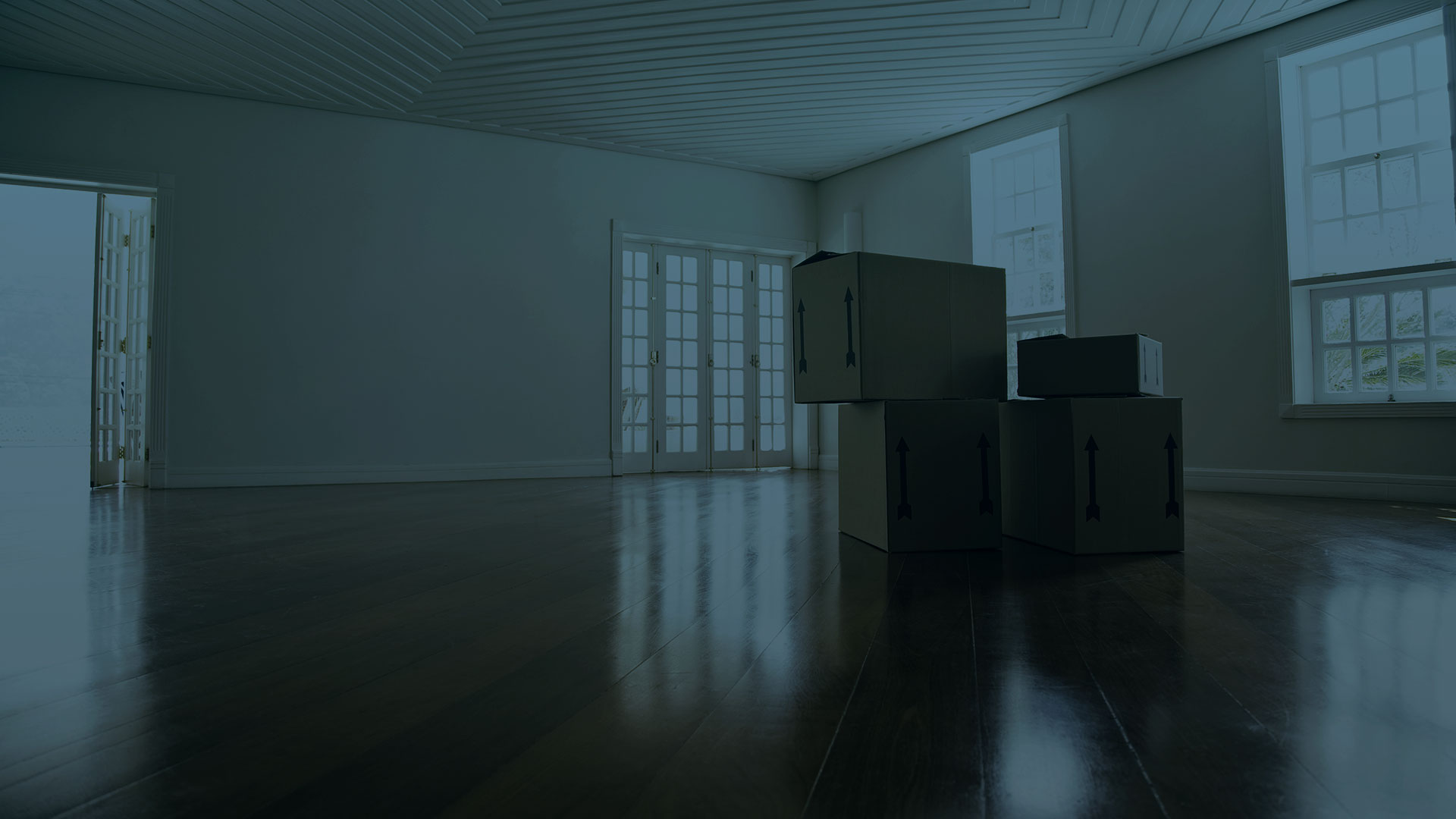Unfortunately, a common error when packing fragile items for a move is underestimating the importance of proper protection. Inadequate cushioning and careless handling can damage your cherished and often irreplaceable items, making your moving experience needlessly stressful.
The safe and unscathed arrival of your belongings starts with proper packing techniques. Items packed with materials like newspaper can easily break from small bumps and vibrations, furniture without proper padding is prone to scratches and dents, and artwork can tear without proper support.
In short, inadequate packing materials leave your possessions vulnerable to the inevitable jostling and shifting during transport. In this blog, Best Movers’s professional movers provide tips on how to pack your fragile items to ensure they arrive safe and sound.
Choosing the Right Packing Materials
Choosing the right packing materials depends on the fragility and shape of your item. For delicate items like glassware or figurines, bubble wrap and packing paper are ideal, with bubble wrap providing the initial cushioning and paper filling any gaps.
Here are a few different materials and the items they’re ideal for:
- Bubble wrap: Ideal for wrapping delicate items like glassware, ceramics, and electronics. The air-filled bubbles provide cushioning and absorb impact.
- Packing peanuts: Suitable for filling voids and preventing movement inside the box. They work well for fragile items like vases, picture frames, and ornaments.
- Foam sheets or wraps: Excellent for cushioning irregularly shaped items or providing an extra layer of protection around bubble-wrapped items.
- Corrugated cardboard inserts: Reinforce the package and provide additional protection for heavier or larger items like mirrors, artwork, or furniture components.
- Packing paper: Ideal for wrapping and cushioning smaller fragile items like glassware or collectibles before adding extra protective layers.
How to Pack Dishes and Glassware for Moving
Safely packing dishes and glassware for a move involves three key considerations: protection, organization, and weight management. Start by gathering your boxes, packing paper, and bubble wrap or foam sheets.
Here are a few specific items and their considerations:
Plates and Platters
- Lay a sheet of packing paper or newsprint on a flat surface.
- Place the plate/platter in the center and bring the corners up to create a cushioned bundle.
- Secure the bundle with packing tape, and wrap the bundle in bubble wrap for extra protection.
Glasses and Mugs
- Crumple packing paper and stuff it into the hollow areas for cushioning.
- Wrap each glass/mug individually in packing paper, ensuring complete coverage.
- Secure the wrapping tightly with packing tape.
Decorative Items or Delicate Figurines
- Wrap each piece carefully in multiple layers of packing paper, ensuring complete coverage.
- Add a layer of bubble wrap or foam sheets around the wrapped item.
- Use dividers or compartmentalized boxes for really small items.
How to Pack Electronics for Moving
Before you start packing any electronics or gadgets, back up your data on external drives or cloud storage to avoid potential permanent loss. To pack the physical items, use original packaging (ideal for form-fitting protection) if available or sturdy boxes with padding like bubble wrap, packing peanuts, and foam.
Wrap individual components and secure them with tape to prevent jostling or movement. Then, label boxes clearly as “Electronics” or “Fragile” and indicate which room they belong to in your new space. For extra protection, you can place the first box inside a larger one and fill the space with packing material.
Here are a few items and tips for how to pack them accordingly:
Computers
- Back up important data to an external hard drive or cloud storage.
- Use anti-static bubble wrap or foam sheets.
- Remove the GPU and CPU cooler.
Televisions
- Wrap the TV screen with a soft blanket or foam sheets to prevent scratches.
- Use a TV moving box with inserts to secure the TV.
- Keep the TV upright when you pack it to avoid putting pressure on the screen.
Cameras and Lenses
- Use the original camera case or wrap it in a microfiber cloth.
- Pack lenses separately in their protective cases or lens pouches.
- Use a box with dividers and cushioning to prevent movement.
Packing Techniques for Protecting Artwork and Mirrors
Artwork and mirrors are more vulnerable to shattering and damage than most other items, which means they require special packing considerations.
Follow these packing techniques for these types of items:
Framed Artwork and Mirrors
- Wrap framed artwork and mirrors in glassine paper.
- Add a layer of bubble wrap secured with packing tape.
- Use corner protectors on frames.
Canvas Artwork
- Roll the canvas carefully, avoiding creases or folds
- Wrap in glassine paper, then bubble wrap.
- Secure wrapping with packing tape and place in a sturdy tube.
Sculptures or 3D Artwork
- Wrap each piece in glassine paper or acid-free tissue paper.
- Add a layer of bubble wrap or foam sheets.
- Pack in a sturdy box, using packing material to fill voids.
How to Label Moving Boxes for Fragile Items
To label your fragile items, use bold, permanent markers to label boxes “fragile” or “this side up” on multiple sides. Consider using colour-coded tape or stickers to serve as a reminder to handle those boxes with extra care.
In addition to clear labeling, consider these other important factors:
- Use arrows or indicators to ensure proper box orientation.
- Label boxes with their designated room or location in your new home.
- Number and inventory fragile items for easy tracking.
- Separate fragile boxes from heavier items to prevent crushing.
- Load fragile boxes into the moving truck last for easier access.
Handle With Care: Tips for Safe Transit
Aside from proper organizing, how you handle and load your fragile items determines their security during transit.
Here are a few handling and loading tips:
- Carry with care: Always lift fragile items from the bottom with two hands. Avoid grabbing by the rim or delicate parts.
- Load strategically: Place heavier boxes on the bottom of the moving truck and lighter, fragile boxes on top.
- Use space wisely: To prevent boxes from moving, fill any empty space in the truck with blankets, furniture pads, or packing peanuts.
- Secure the load: Use straps, ropes, or bungee cords to secure the boxes in place to prevent them from toppling during transit.
Safeguard Your Valuables: Expert Fragile Item Moving Services
If you’re worried about relocating precious and delicate items to your new home, you can rely on Best Movers’s moving services to deliver them safely with your other belongings.
Call (867) 446-2653 for a stress-free, fragile-friendly move!





Comments